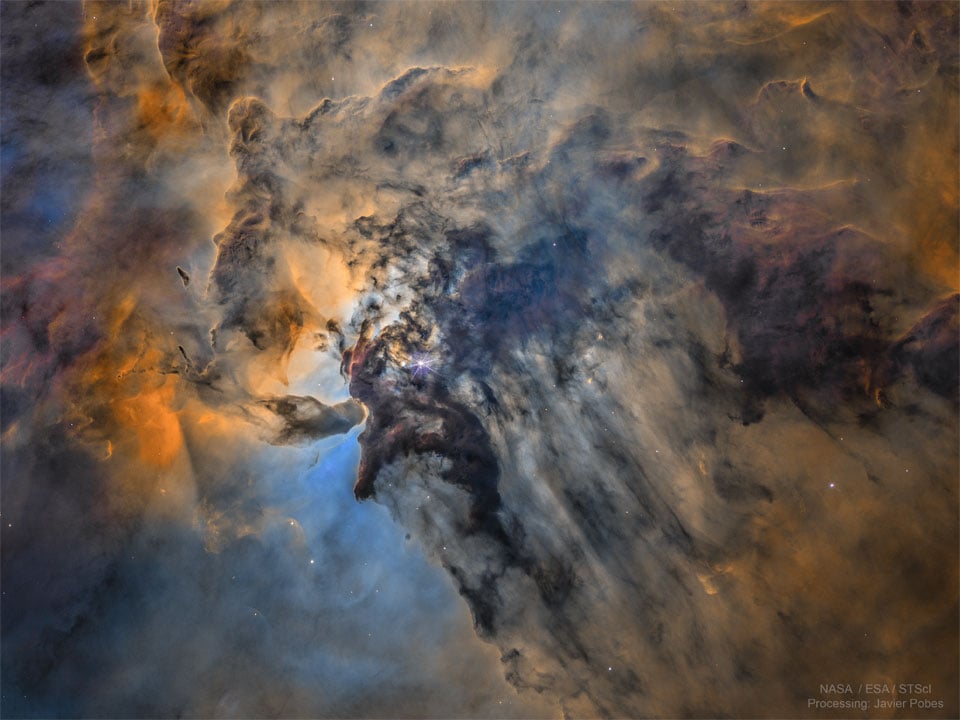Specifically, all but one of Andromeda's satellites lie within 107 degrees of the line pointing towards the Milky Way
Could gravity have something to do with this? In that both galaxies are pulling toward each other and are doomed to merge?
Share & discuss informative content on: Astrophysics, Cosmology, Space Exploration, Planetary Science and Astrobiology.
 The Busy Center of the Lagoon Nebula
The Busy Center of the Lagoon Nebula
🔭 Science
🚀 Engineering
🌌 Art and Photography
Other Cool Links
Specifically, all but one of Andromeda's satellites lie within 107 degrees of the line pointing towards the Milky Way
Could gravity have something to do with this? In that both galaxies are pulling toward each other and are doomed to merge?
I'm curious about the orbital parameters of the companion galaxies. Maybe we're just looking at them during a period of conjunction? Like if you look at our Solar System, sometimes all of the planets are on the same side of the sun.